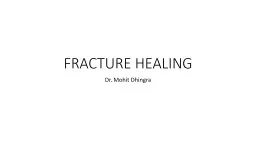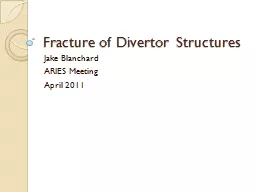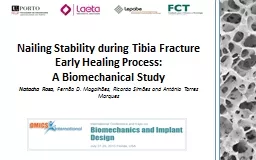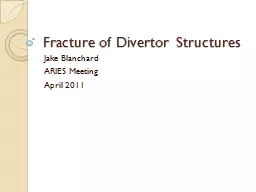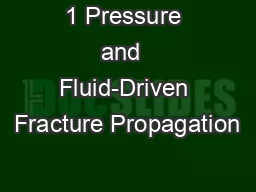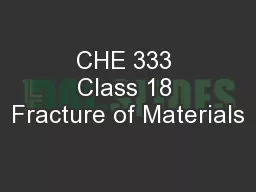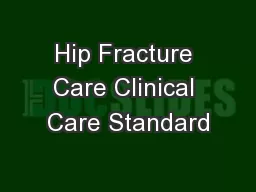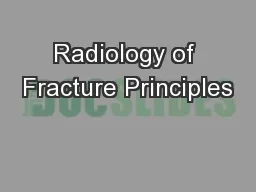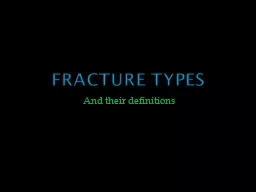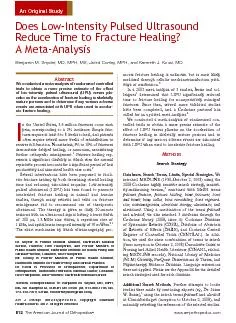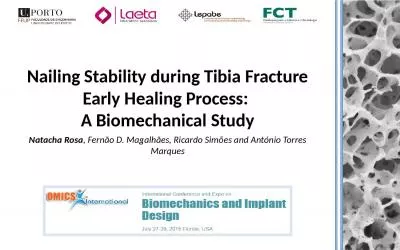PPT-FRACTURE HEALING Dr. Mohit
Author : natalia-silvester | Published Date : 2020-04-05
Dhingra DEFINITON OF FRACTURE Its a break in the continuity of bone With partial or total disruption of blood supply to the region of bone Seen radiologically
Presentation Embed Code
Download Presentation
Download Presentation The PPT/PDF document " FRACTURE HEALING Dr. Mohit" is the property of its rightful owner. Permission is granted to download and print the materials on this website for personal, non-commercial use only, and to display it on your personal computer provided you do not modify the materials and that you retain all copyright notices contained in the materials. By downloading content from our website, you accept the terms of this agreement.
FRACTURE HEALING Dr. Mohit: Transcript
Download Rules Of Document
" FRACTURE HEALING Dr. Mohit"The content belongs to its owner. You may download and print it for personal use, without modification, and keep all copyright notices. By downloading, you agree to these terms.
Related Documents

